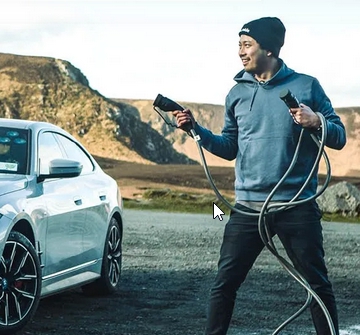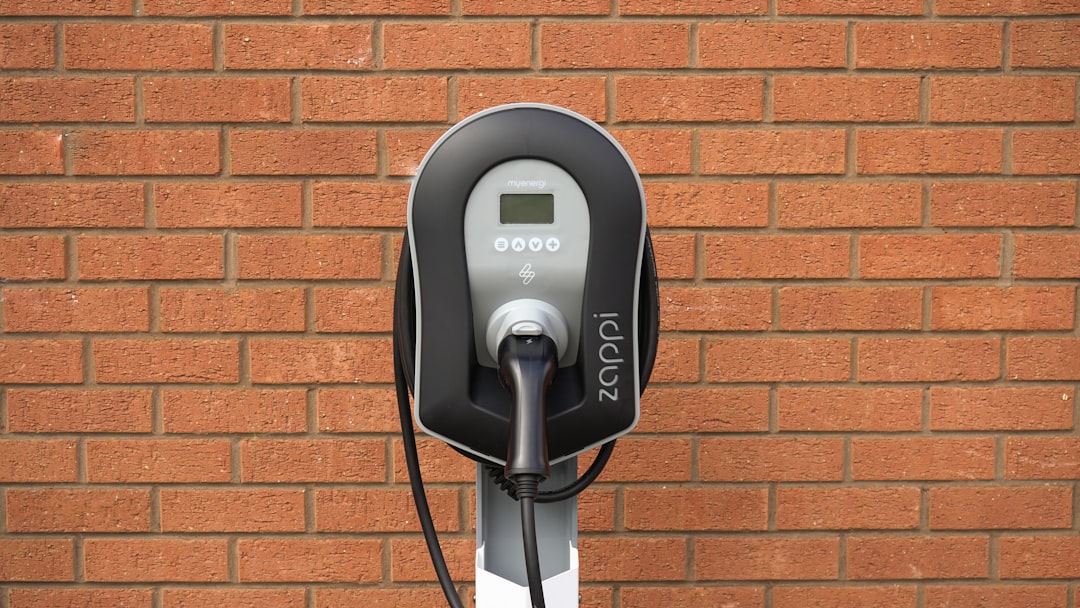Video by InCharge DIY via YouTube
Source

Thinking of Installing Solar Panels? Use Our Referral Code:
http://ts.la/kenandstephanie81756
In this video we take our first drive with the Tesla Full Self Driving FSD beta software version 10.69.2.2. This is a night drive in both downtown Frederick, MD and some more suburban rural roads around Mount Airy, MD. We encountered a few issues but the software mostly did well. Using FSD beta at night seems to present additional challenges for the software.
Here are our Tesla Model Y playlists:
Long Range Model Y: https://youtube.com/playlist?list=PLkwwNTDimFRfg39sWLEnumiHDIivojpaN
Model Y Performance: https://youtube.com/playlist?list=PLkwwNTDimFRcTAypxMCVer-596n8pwc6a
Here are some other Tesla Model Y videos you might like:
Model Y Long Range 1 YR Review: https://youtu.be/g4emW1UcSoA
Why We Chose The Tesla Model Y: https://youtu.be/tmMeqz-W0iI
2021 Tesla Model Y – Issues After Two Months: https://youtu.be/ta3QmD9VqlE
Mud Flap Splash Guard for Tesla Model Y: https://youtu.be/Qy4xUO2Pz5g
Tesmanian All Weather Mats for Tesla Model Y: https://youtu.be/giGpBgV7k98
More About FSD:
Full Self-Driving (FSD) is an upgrade package to Autopilot offering other ADAS features. As of October 2022, over 160,000 people have beta access to additional features still in development, including employees, early access program members, and opt-in users who met certain safety score criteria.
In October 2020, Tesla first released a beta version of its FSD software to early access program testers, a small group of users in the United States. Musk stated that the testing of FSD beta "will be extremely slow and cautious" and "be limited to a small number of people who are expert and careful drivers". The release of the beta program renewed concern regarding whether the technology is ready for testing on public roads. In January 2021, the number of employees and customers testing the beta FSD software was "nearly 1,000" and in May 2021 a couple thousand employees and customers.
In October 2021, Tesla began the wide release of the FSD Beta to approximately 1,000 more drivers in the US, and the beta became accessible to Tesla drivers who achieved a 100 / 100 on a proprietary safety scoring system. By November 2021 there were about 11,700 FSD beta testers and about 150,000 vehicles using Tesla’s safety score system, which then grew to 60,000 users participating in FSD beta by January 2022, and 100,000 users by April 2022.
Tesla’s approach to try to achieve SAE Level 5 is to train a neural network using the behavior of hundreds of thousands of Tesla drivers using chiefly visible light cameras and information from components used for other purposes in the car (the coarse-grained two-dimensional maps used for navigation; the ultrasonic sensors used for parking, etc.) Tesla has made a deliberate decision to not use LiDAR, which Elon Musk has called "stupid, expensive and unnecessary". This makes Tesla’s approach markedly different from that of other companies like Waymo and Cruise which train their neural networks using the behavior of highly trained drivers, and are additionally relying on highly detailed (centimeter-scale) three-dimensional maps and lidar in their autonomous vehicles.
According to Elon Musk, full autonomy is "really a software limitation: The hardware exists to create full autonomy, so it’s really about developing advanced, narrow AI for the car to operate on." The Autopilot development focus is on "increasingly sophisticated neural nets that can operate in reasonably sized computers in the car". According to Musk, "the car will learn over time", including from other cars.
Tesla’s software has been trained based on 3 billion miles driven by Tesla vehicles on public roads, as of April 2020. Alongside tens of millions of miles on public roads, competitors have trained their software on tens of billions of miles in computer simulations, as of January 2020. In terms of computing hardware, Tesla designed a self-driving computer chip that has been installed in its cars since March 2019 and also developed a neural network training supercomputer ("Tesla Dojo"); other vehicle automation companies such as Waymo regularly use custom chipsets and neural networks as well.





